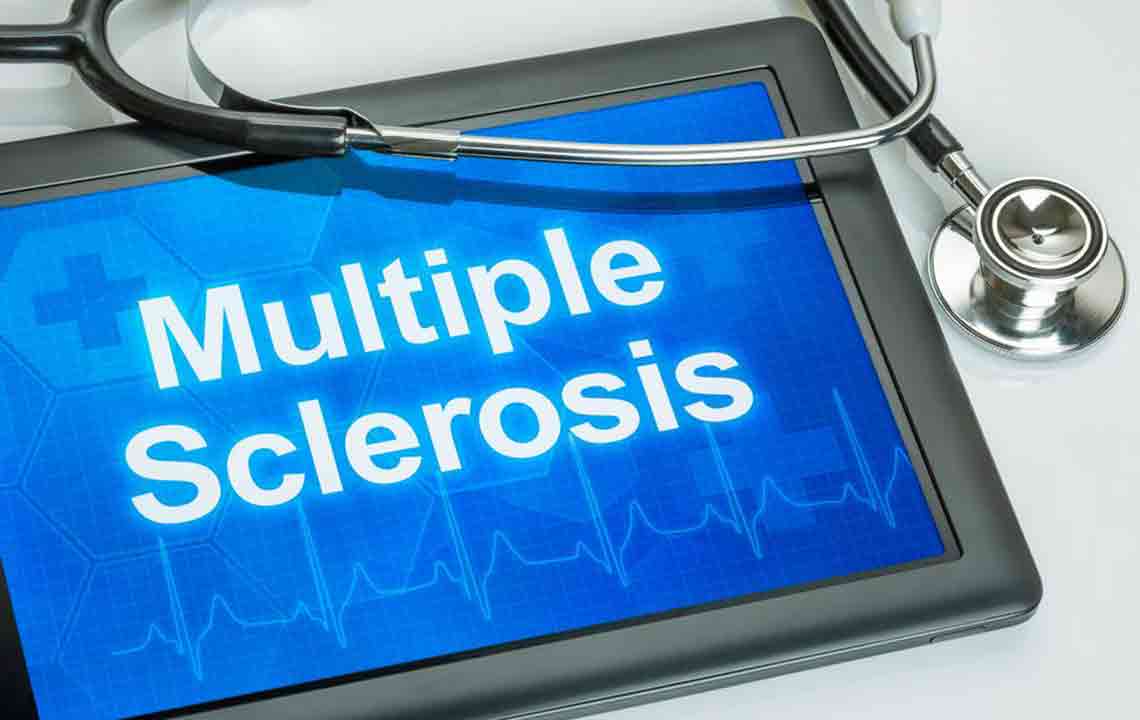Recognizing and Managing Four Notable Neurological Disorders
This article explores four common neurological disorders—migraines, epilepsy, Parkinson’s disease, and Alzheimer’s—highlighting their symptoms, risk factors, and management strategies. Understanding these conditions is essential for early detection and effective treatment. Recognizing signs early can significantly improve quality of life. Consulting medical professionals is vital for personalized care and treatment options. The information aims to educate readers on neurological health, emphasizing the importance of prompt medical attention for neurological symptoms.

Recognizing and Managing Four Notable Neurological Disorders
The nervous system serves as the body's electrical network, comprising nerves and neurons that control bodily functions and transmit signals. Any malfunction in this system can lead to neurological disorders affecting movement, thinking, speech, and vision. Early detection of symptoms is vital for effective treatment. To fully understand these conditions, it’s essential to distinguish between the central nervous system, including the brain and spinal cord, and the peripheral nerves branching throughout the body.
Understanding Neurological Disorders These conditions often stem from structural, electrical, or chemical abnormalities, as well as congenital issues, infections, or injuries, impacting either the brain, spinal cord, or nerves.
Common Neurological Conditions
Migraines
Globally, over a billion people have experienced migraines. Often mistaken for severe headaches, migraines can cause symptoms lasting days, exacerbated by physical activity or sensory stimuli.
Their triggers include stress, genetics, irregular eating habits, hormonal shifts, and lifestyle choices. Typical signs are pulsating headaches, visual disturbances, speech issues, skin numbness, and tingling. While migraines can’t be permanently cured, managing triggers and symptoms through medications, relaxation techniques, massages, rest, and cold compresses can be helpful.
Seizures and Epilepsy
According to the World Health Organization, nearly 50 million individuals worldwide have epilepsy, characterized by recurrent seizures caused by abnormal brain electrical activity. Factors like brain tumors, infections, head injuries, and strokes contribute to its development. Stress, missed meals, and low blood pressure can trigger episodes.
Observable signs include uncontrolled movements, awareness loss, dizziness, sensory changes, blank stares, repetitive actions, bladder control loss, and tingling. Treatments involve anti-seizure medications, nerve stimulators, dietary adjustments, and in severe cases, brain surgery.
Parkinson’s Disease
This progressive disorder impacts movement and coordination, especially affecting men and those over 60. The exact cause remains unknown, but genetics are believed to play a role. Symptoms include tremors, difficulty swallowing, drooling, decreased blinking, muscle weakness, slow movements, balance issues, and stiffness.
While no cure exists, treatment options like deep brain stimulation, dopamine agents, and medication help control symptoms and improve quality of life.
Alzheimer’s Disease
A neurodegenerative condition primarily affecting memory, cognition, and behavior, Alzheimer’s is a leading cause of dementia among older adults. Risk factors include family history, Down syndrome, cardiovascular issues, head trauma, and high blood pressure.
Symptoms encompass confusion, memory loss, language difficulties, trouble with routine tasks, misplacing items, and poor judgment. Treatments focus on temporarily alleviating symptoms through medications that improve neural communication and inhibit excessive chemical activity, although no cure currently exists.
Conclusion
Recognizing early signs of neurological conditions is crucial for timely intervention. Consulting healthcare professionals helps in managing symptoms effectively, improving patient outcomes, and enhancing quality of life.










